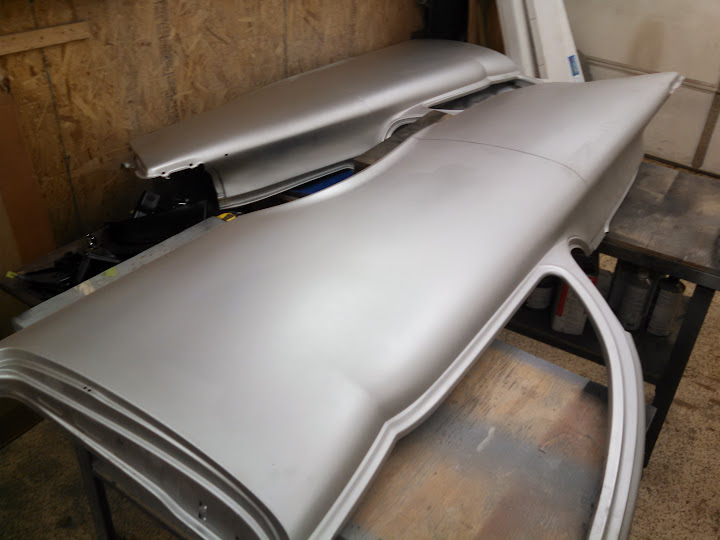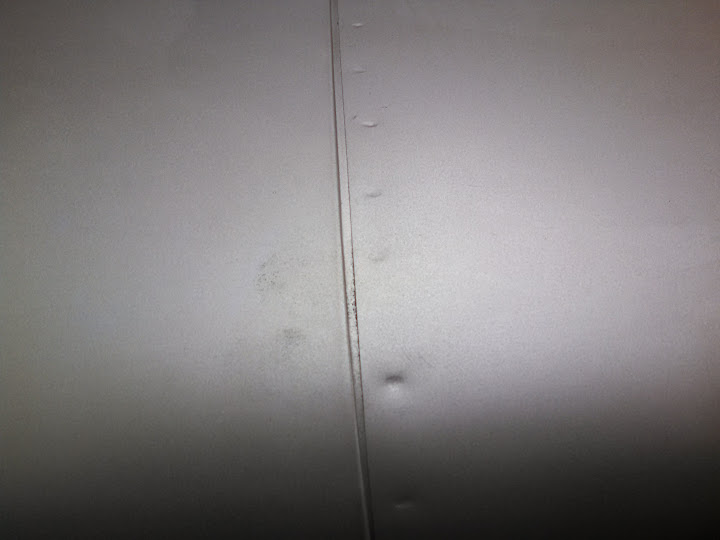Arrowhead
Oldtimer
I just got in two new quarter panels for the '57 I'm working on. They are for a coupe so they have the complete rear window frame and post. According to Woody's, the manufacturer has to make them in two pieces (you can see the vertical seam over the wheel opening). They are too big to stamp in one piece in their press because of the rear window frame. So they flange the seam between the two pieces and spot weld. The alignment is very good and a little filler would smooth it right over. I'm kind of concerned that the seam might telegraph through the paint (black). The only upside is a good portion of the seam will be covered by the side trim panels as it's Bel Air. I could attempt to slice out the seam and butt weld in a 2" filler strip, but I'm not sure it would turn out any better. Is there a cause for concern here or am I just over thinking it? And yes, it is going to be a show car.






